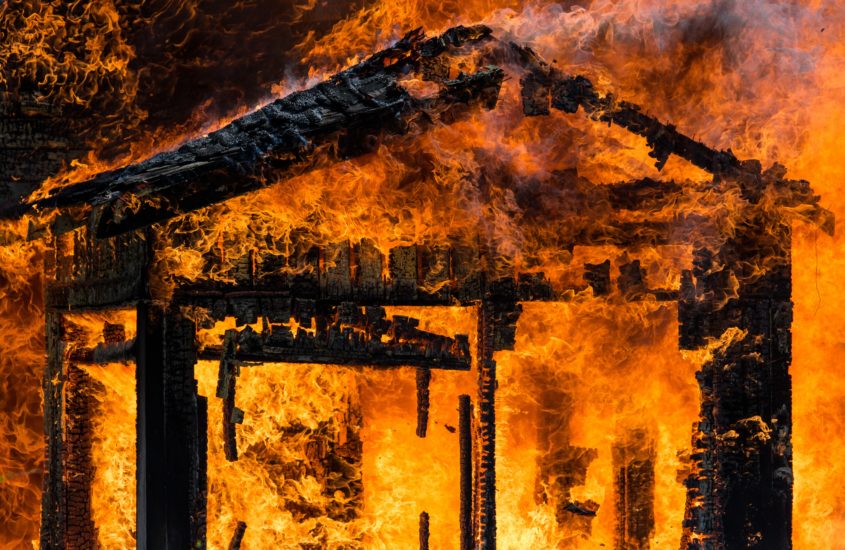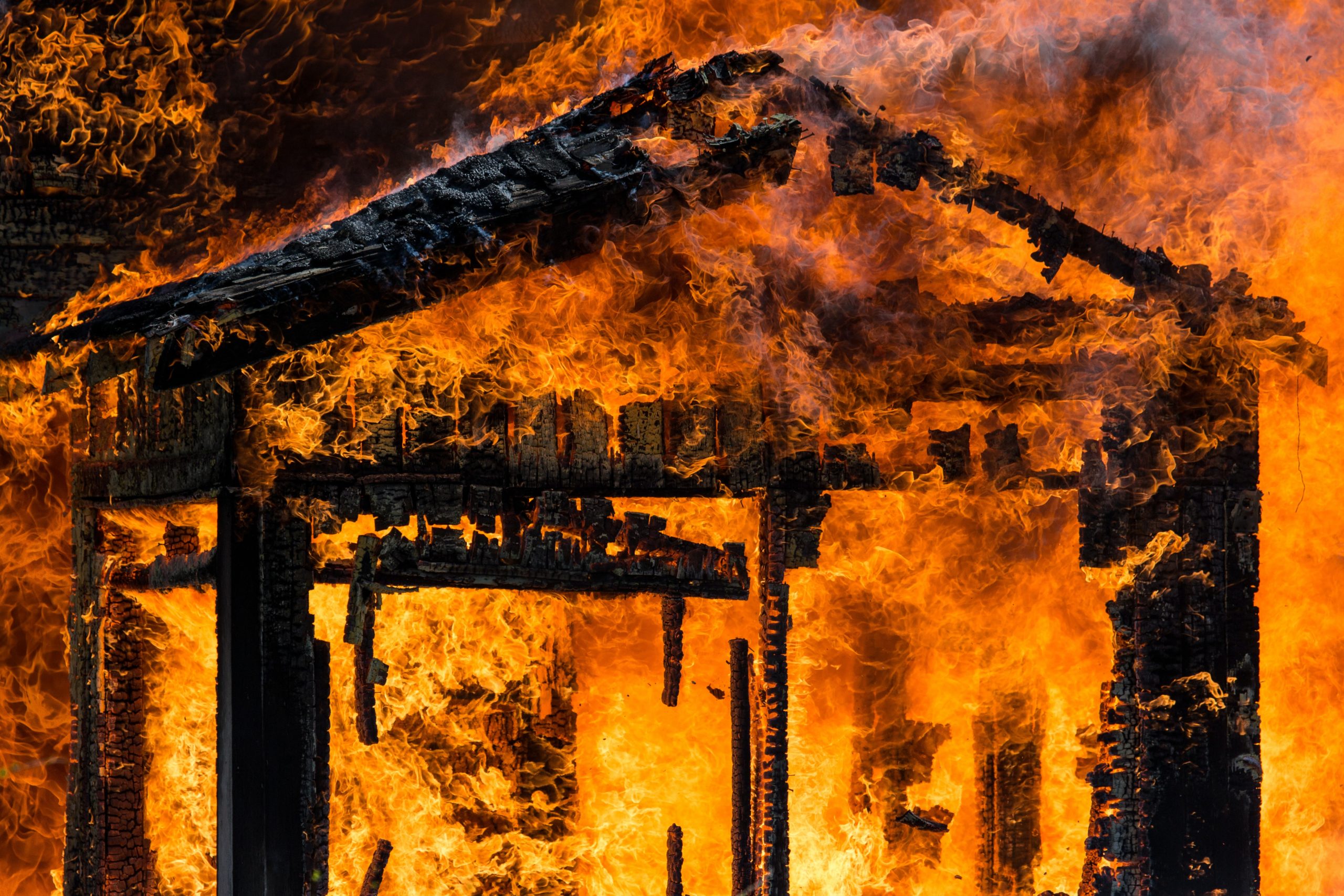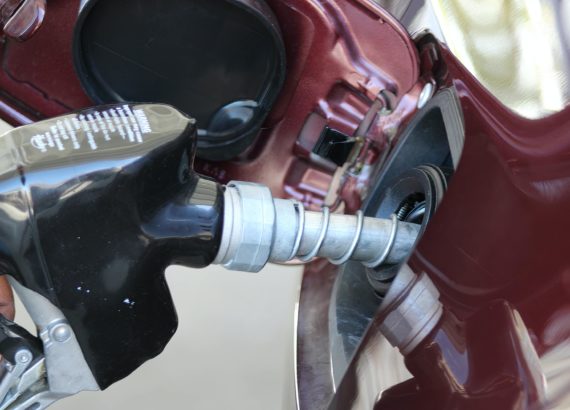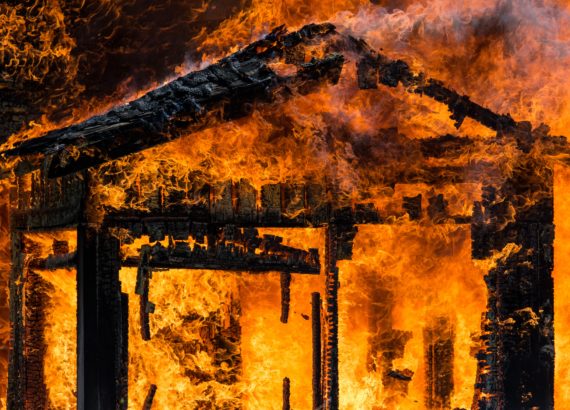Tips to Secure Flammable Items at Home

The effects of home fire on people and property can be devastating. Injury, death, and physical destruction of the place where most people feel the safest are some of the most serious results. While fires cannot be absolutely avoided because of some uncontrollable circumstances , there are definitely ways to minimize their occurrence in our own property. One way is to secure flammable items at home.

Photo by Dave Hoefler on Unsplash
Many of us are not aware that we are using a lot of flammable items, some even on a daily basis. Their seeming harmlessness may cause us to be careless in storing them. Knowing how to secure our flammable items at home can spell the difference between life and death.
Here are some sensible tips on how to secure flammable items at home:
Identify Flammables
People are more likely to handle items correctly if they know the risk involved in mishandling. Some of the common flammable household items include rubbing alcohol, hairspray and other aerosol cans, gasoline and paint thinner, cooking oil, flour, hand sanitizer, and nail polish. This list shows that the flammable property of some things are not that obvious like oil.
Provide Proper Storage for Flammables
There are two basic considerations in storing flammables – temperature that is too high and presence of open flame. Storage areas should be of moderate temperature as extreme temperature may cause negative reactions. It is highly advisable to use a detached well-ventilated room for large quantities of flammable items. Use low, sturdy shelves to avoid the likelihood of the liquid flammables accidentally spilling on someone passing by. Make sure to keep containers labeled and covered when not in use.
Have Fire-Fighting Equipment Ready
While kitchen fires are the most common because of the flammable substances found in it and the extreme temperature the area is often subjected to, it is not the only place where a fire extinguisher should be placed. Check other areas in your home where potential hazards are and would be safer with one. Fire-fighting equipment should be easy to access in times of emergency.
Eliminate Possible Ignition Sources
Flammable and combustible materials should be kept away from ignition sources. Aside from an obvious source such as open flame, sparks from electrical tools, tobacco smoking, and contact with hot surfaces can initiate spontaneous combustion. Flammable and combustible liquids should be stored separately. It’s always best to get only the amount needed to work on and leave the bulk of the flammable substance in its secure storage area.
Keep Flammables Out of Reach of Children
It is a tried and tested rule to keep flammables or anything dangerous for that matter, out of reach of children. Children being children gives rise to the possibility that they will be able to reach the dangerous items that are not properly secured. Parental supervision is necessary even for older kids using electrical devices or working on flammable items for a project. Educating family members in fire prevention is the key to protecting the home and family.
My Say
When all precautionary measures for fire prevention have been taken, the one thing left to do is get a fire insurance policy for your home. This provides a sense of security just in case accidental fire does happen. It can cover damage and losses caused by fire.
In addition, fire insurance philippines policies can be extended to cover direct loss or damage caused by earthquake, typhoon/flood, vehicle impact/falling aircraft, explosion, smoke damage, riots/strike, malicious damage, and other forms of coverage. Risks are always lurking around. With the above tips, we can be sure we are doing our part to protect our life and property.














